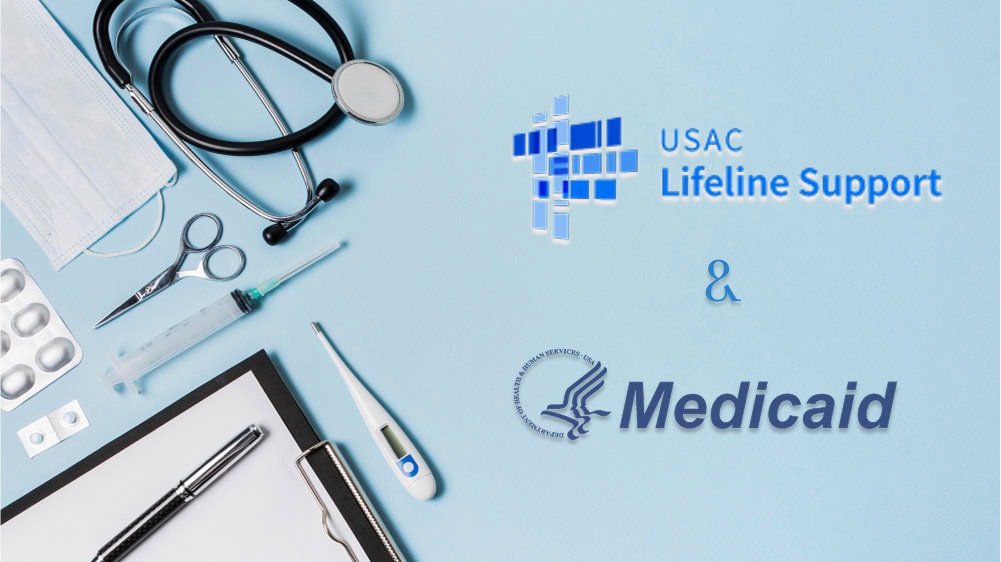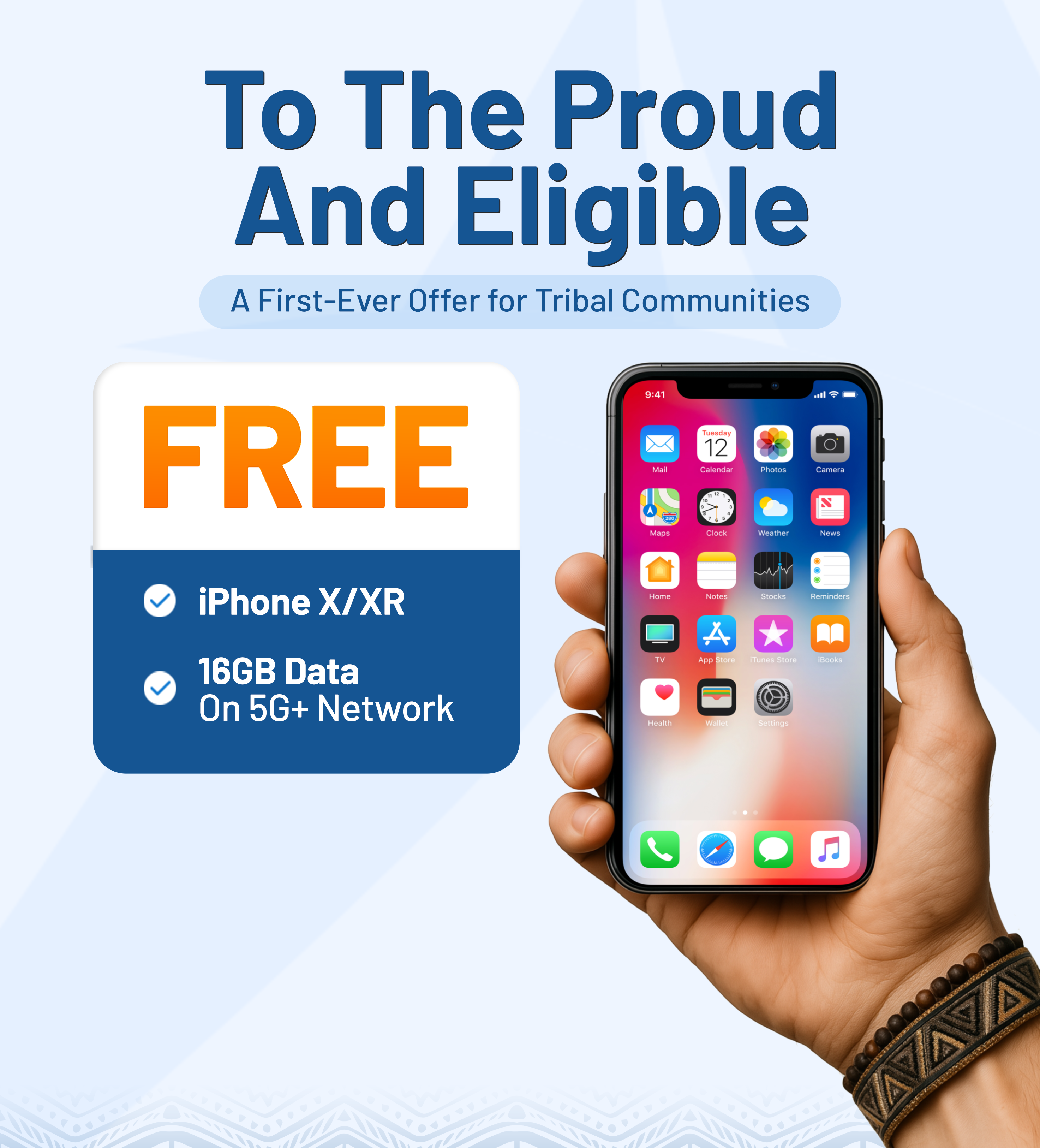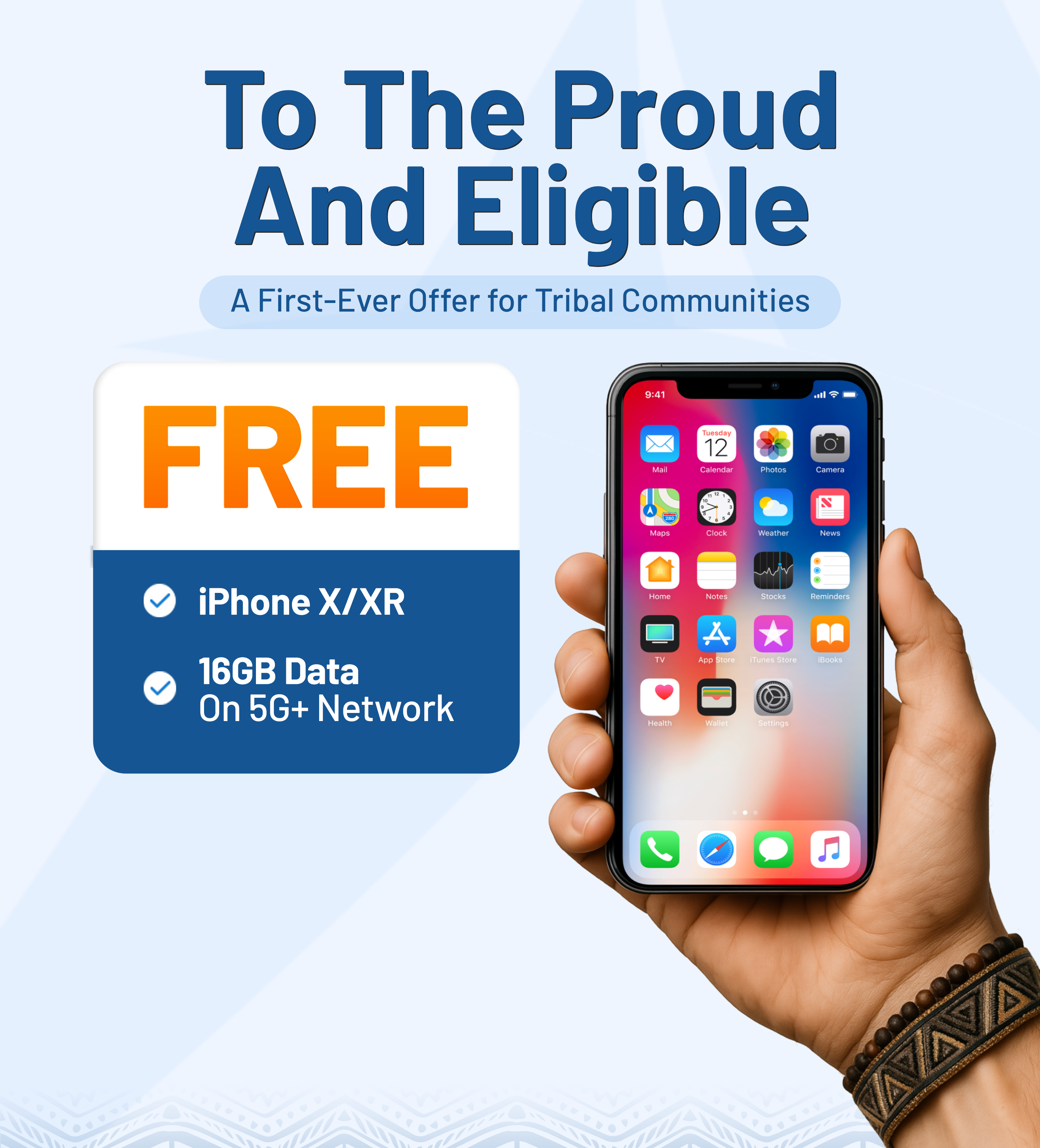Understanding how to apply for dual Medicare and Medicaid is essential to access the most comprehensive healthcare coverage available at little to no cost. This guide breaks down everything you need to know, from eligibility criteria and required documents to step-by-step instructions, so you can confidently apply and maximize your healthcare benefits without confusion or delays.
1. Understanding Dual Eligibility
What is Medicare?
Medicare is a national health insurance program administered by the federal government of the United States. It is designed to provide healthcare services for individuals aged 65 and older, as well as certain younger individuals with disabilities or end-stage renal disease.
Medicare consists of four main parts:
- Medicare Part A offers coverage for services like hospital admissions, skilled nursing stays, hospice support, and home-based medical care.
- Medicare Part B covers a wide range of outpatient services, including regular checkups, minor medical procedures, preventive screenings, and medically necessary equipment.
- Administered by private providers, Medicare Advantage (Part C) integrates services from Parts A and B, while commonly adding prescription coverage found in Part D.
- Part D (Prescription Drug Coverage): Helps cover the cost of prescription medications.
A key distinction is that Medicare is not based on income level, which sets it apart from Medicaid.
What is Medicaid?
Medicaid is a healthcare assistance program administered by individual states under federal oversight, aimed at supporting low-income individuals and families, including children, pregnant women, seniors, people with disabilities, and eligible adults.
Each state may establish its own rules and eligibility standards, but in general, Medicaid covers:
- Doctor visits, hospital services, and lab tests
- Long-term in-home care
- Dental, vision, and mental health services (depending on the state)
One major advantage of Medicaid is that it may cover all or most of the costs not covered by Medicare, making it especially valuable for individuals with limited income or ongoing financial hardship.
What does it mean to be “dual eligible”?
When an individual qualifies for both Medicare and Medicaid, they are referred to as “Dual Eligible”. This unique group benefits from Medicaid and Medicare coverage simultaneously, offering the most comprehensive protection in the U.S. healthcare system. Typically, dual-eligible individuals are:
- Low-income seniors
- Individuals with long-term disabilities
- Those needing long-term care or living with serious chronic illnesses
Benefits of dual eligibility include:
- Medicare pays first for basic healthcare services.
- Medicaid steps in handling additional expenses that Medicare doesn’t pay for, like insurance premiums, co-pays, medications, and extended care needs.
For those qualified under both programs, the majority of necessary medical expenses are either fully covered or require minimal personal spending.
>>> Read more: Who Is Eligible for Both Medicare and Medicaid? (Is It You?)
2. How to Apply for Dual Medicare and Medicaid?
For seniors, individuals with disabilities, and those with limited income, qualifying for both Medicare and Medicaid, known as dual eligibility, opens the door to the most comprehensive healthcare coverage at the lowest cost.
A successful and timely application depends on your ability to meet the criteria, collect accurate paperwork, and move through the procedure as outlined.

Who is eligible for both Medicare and Medicaid?
You’ll only qualify for dual coverage once you independently fulfill the eligibility conditions for both Medicare and Medicaid.
Medicare eligibility
You’re eligible for Medicare if:
- You are 65 years or older, or
- Individuals younger than 65 may still qualify for Medicare if they have a recognized disability, advanced kidney failure, or ALS (Lou Gehrig’s disease).
Medicaid eligibility
Medicaid is an income and asset-based program, and eligibility standards vary by state. Generally, you may qualify if:
- Your monthly income falls below the limit set by your state
- Your personal assets (excluding your primary home and vehicle) are within allowed limits
- You need help covering medical or long-term care expenses
In some states, if you are receiving Supplemental Security Income (SSI), you are automatically eligible for Medicaid. Additionally, if your income is above the threshold, you may still qualify through the Medically Needy Pathway by “spending down”, paying out-of-pocket medical expenses until your income reaches the eligible level.
Dual eligibility
You are considered dual eligible if you meet the requirements for both Medicare and Medicaid at the same time. This typically includes:
- Being 65 or older with income below your state’s limits, or
- Having a qualifying disability and low income
Understanding the dual eligible Medicare-Medicaid income limits is essential. Here are the 2025 income and asset thresholds for key Medicare Savings Programs (MSPs):
| MSP | Individual – Income / Assets | Married Couple – Income / Assets |
| QDWI | $5,302 / $4,000 | $7,135 / $6,000 |
| QI | $1,781 / $9,660 | $2,400 / $14,470 |
| QMB | ≤ $1,325 / $9,660 | ≤ $1,783 / $14,470 |
| SLMB | $1,585 / $9,660 | $2,135 / $14,470 |
If this information seems overwhelming, try using Google to find online guides like Medicare and Medicaid for Dummies, which break down the system in a clear and beginner-friendly format to give you clearer insights into your choices and help you take full advantage of what you’re entitled to.
Required documents and info you’ll need
Once you’ve determined that you qualify, it’s important to gather the appropriate documentation to ensure a smooth application process. Commonly required documents:
Identification and residency status
- Government-issued ID (e.g., driver’s license or passport)
- Social Security Number (SSN)
- Birth certificate or proof of legal immigration status
Income and assets
- Recent bank statements
- Pay stubs or benefit award letters (Social Security, pensions)
- Most recent tax returns
- Property documents (home ownership, stocks, other investments)
Proof of residence
Utility bills or a lease agreement with your name and address
Prepare both digital and physical copies of all documents to streamline both online and in-person submissions.
Step-by-step application process

Applying for both Medicare and Medicaid involves separate applications, but they can be submitted in tandem if you follow the steps below:
Step 1: Enroll in Medicare
- Visit Medicare.gov or call 1-800-MEDICARE
- You become eligible to apply for Medicare beginning three months before the month you reach age 65.
- Those already getting disability income may be enrolled in Medicare without needing to apply manually.
Step 2: Apply for Medicaid in your state
- Visit your state’s Medicaid website or go to Healthcare.gov → Medicaid section
- Complete the application with your personal, financial, and residency details
- Upload or mail in required documents as instructed
Step 3: Get evaluated for dual eligibility
- Once your Medicare and Medicaid applications are reviewed, your state will determine if you’re eligible for dual enrollment.
- If approved, you may also become eligible for support through MSPs like QMB, SLMB, or QI, which help with premiums and out-of-pocket costs
Step 4: Consider enrolling in a Medicare advantage D-SNP
- If you’re dual eligible, you may qualify for a Special Needs Plan (D-SNP), a type of Medicare Advantage plan tailored to dual-eligible beneficiaries
- These plans often offer additional benefits, such as dental, vision, prescription drugs, transportation services, and reduced co-pays
Step 5: Receive confirmation and start using your benefits
- Once approved, you’ll receive official letters from Medicare and Medicaid
- Coverage typically begins the following month after approval
>>> Also check: How To Get Free Phone For Seniors On Medicare
3. Can You Use Dual Medicare and Medicaid to Apply for Lifeline Free Phone

What is the Lifeline program?
In addition to Medicare and Medicaid dual plans, another program that has gained significant attention from many Americans is the Lifeline Program.
Lifeline is a program launched by the Federal Communications Commission (FCC) to provide affordable phone or internet service to low-income households. Since its inception in 1985, Lifeline has offered benefits such as:
- A monthly discount of up to $9.25 on phone or internet bills (or $34.25 for residents living on Tribal lands)
- Access to free mobile phones and unlimited talk, text, and data plans, provided through partner service providers
How to apply for Lifeline using Medicaid proof?
If someone is enrolled in Medicaid and also receives Medicare, they qualify for Lifeline as Medicaid/Medi-Cal alone has made them eligible. There’s no restriction for also having Medicare.
However, it differs if a person receives only Medicaid or only Medicare (not dual-eligible). Only individuals enrolled in Medicaid are eligible for the Lifeline Program. Medicare alone does NOT qualify you for Lifeline.
In general, you are eligible for Lifeline if you meet at least one of the following conditions:
- You are currently receiving Medicaid benefits, OR
- You or someone in your household participates in another government assistance program such as SNAP (Food Stamps), SSI, or Federal Public Housing Assistance, etc., OR
- Your household income is at or below 135% of the Federal Poverty Level (FPL)
Trusted Lifeline providers you can apply
One of the top-rated and most trusted Lifeline providers today is AirTalk Wireless, an FCC-licensed provider currently serving millions of low-income Americans.
Benefits of enrolling in Lifeline through AirTalk Wireless include:
- Receive a free smartphone from top brands like Apple, Samsung Galaxy, or other popular Android devices (availability depends on time and region)
- A completely free monthly service plan, including unlimited calls and texts, free high-speed 4G/5G data
- Support for transferring your existing phone number
- No activation fees required
- No contracts and no hidden fees
- Free home delivery within 7–10 days after your application is approved
4. FAQs
How to apply for dual Medicare and Medicaid in Florida?
If you live in Florida and think you may qualify for both Medicare and Medicaid, here’s a simple way to apply:
Check if you’re eligible
- You must already have Medicare (Part A and/or B)
- Your income and assets must meet Florida’s Medicaid limits
- You may also qualify through a Medicare Savings Program (MSP)
Apply for Medicare
Go to Medicare.gov or call 1-800-MEDICARE
Apply for Medicaid in Florida
- Use the ACCESS Florida website
- Or visit a local office of the Department of Children & Families
Wait for approval
Florida will review your applications. If approved, Medicare covers your main medical costs, and Medicaid helps pay the rest, like premiums, copays, and long-term care
Can I get Medicare and Medicaid in Michigan?
The answer is Yes. If you live in Michigan, you can qualify for both programs if you meet these requirements:
You qualify for Medicare
- You’re age 65 or older
- Or you’re under 65 and have a disability, ESRD, or ALS
You meet Medicaid rules
- Your income is below 133% of the Federal Poverty Level (about $18,000/year for one person)
- You have limited assets
- You may also qualify through an MSP
Apply separately
- Medicare: via Medicare.gov or the Social Security Administration
- Medicaid: via the MiBridge’s portal or michigan.gov
Find out if you’re dual eligible
The state will review your applications and confirm if you qualify for both programs
Final Words
Understanding how to apply for dual Medicare and Medicaid can unlock full, affordable healthcare coverage, especially for seniors and low-income individuals. By meeting the right criteria, gathering your documents, and following the step-by-step process, you can minimize out-of-pocket costs and get the care you deserve. Start your application today to secure better health benefits and peace of mind for the future.


